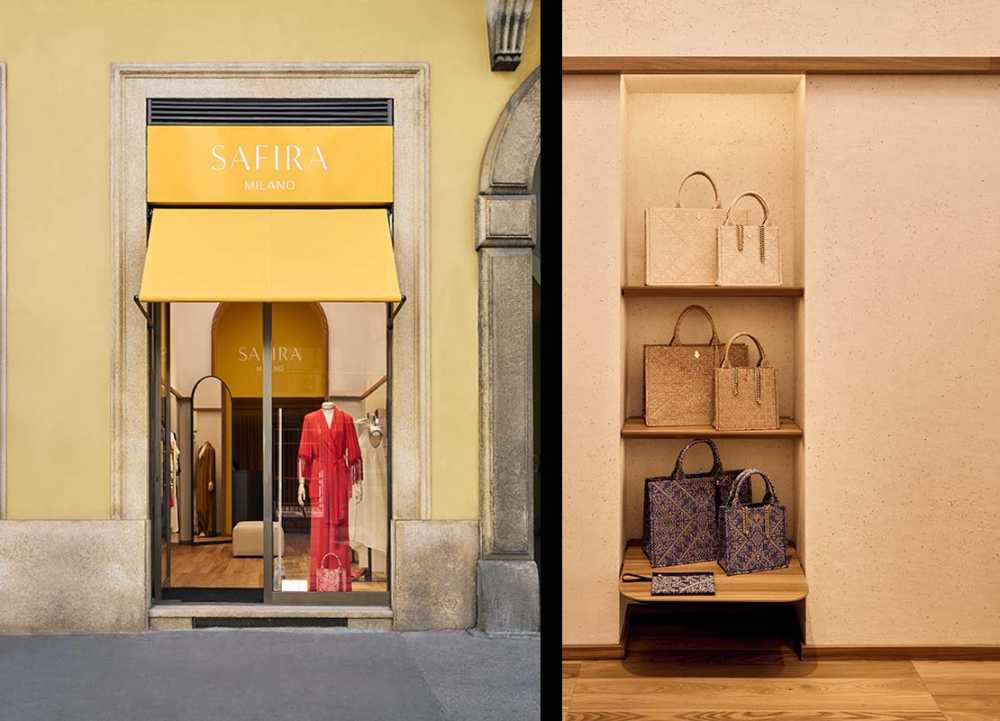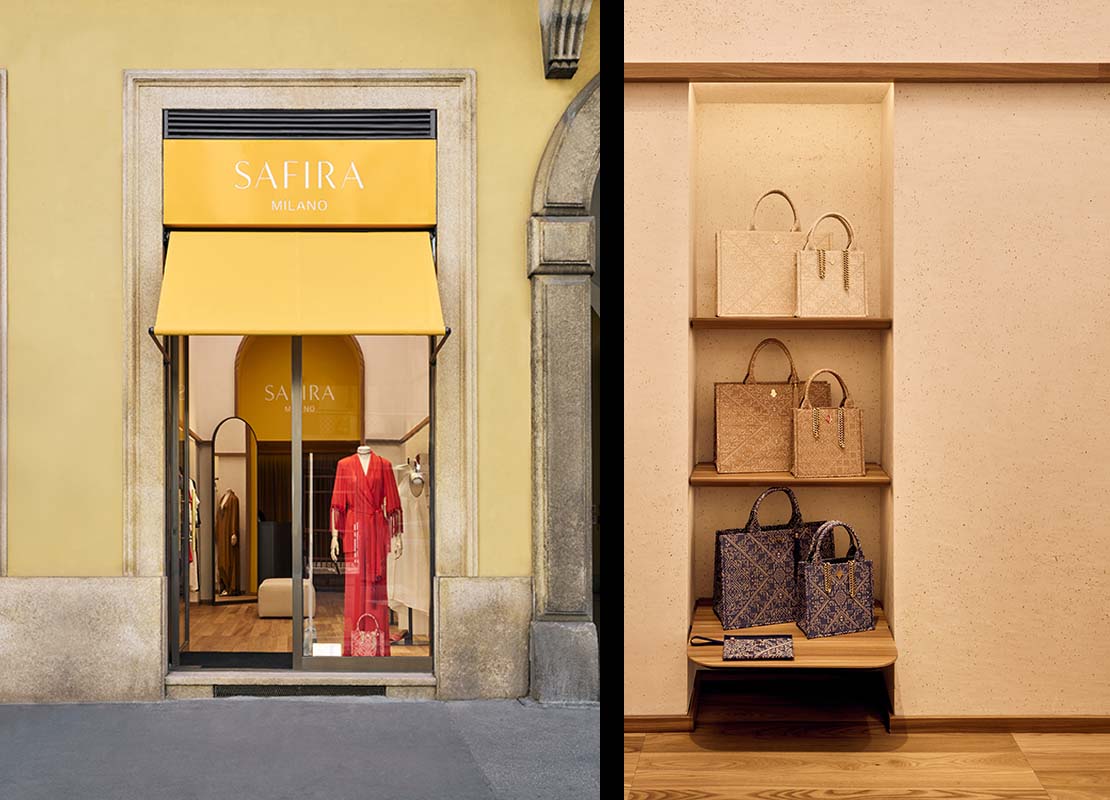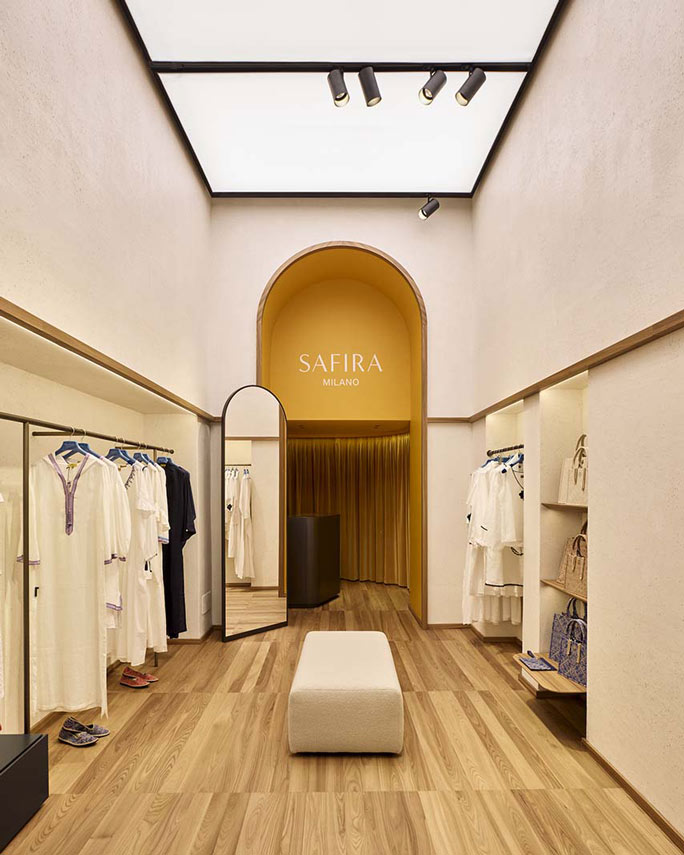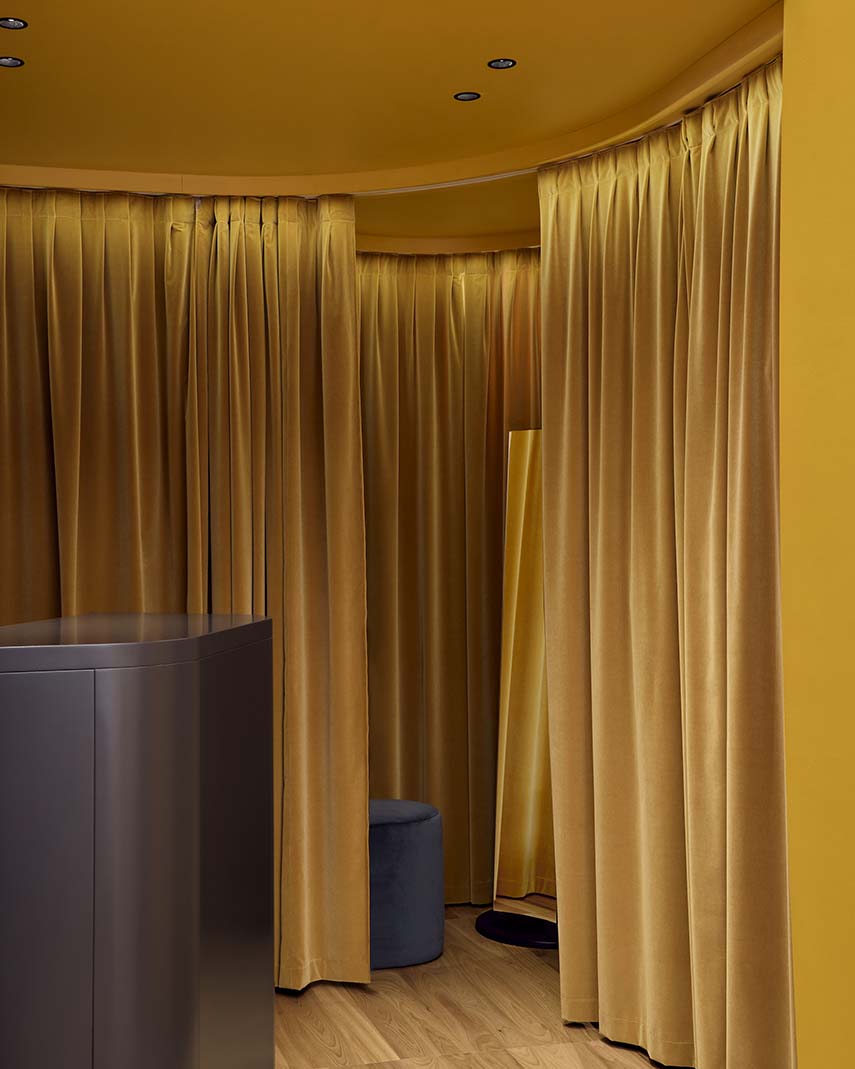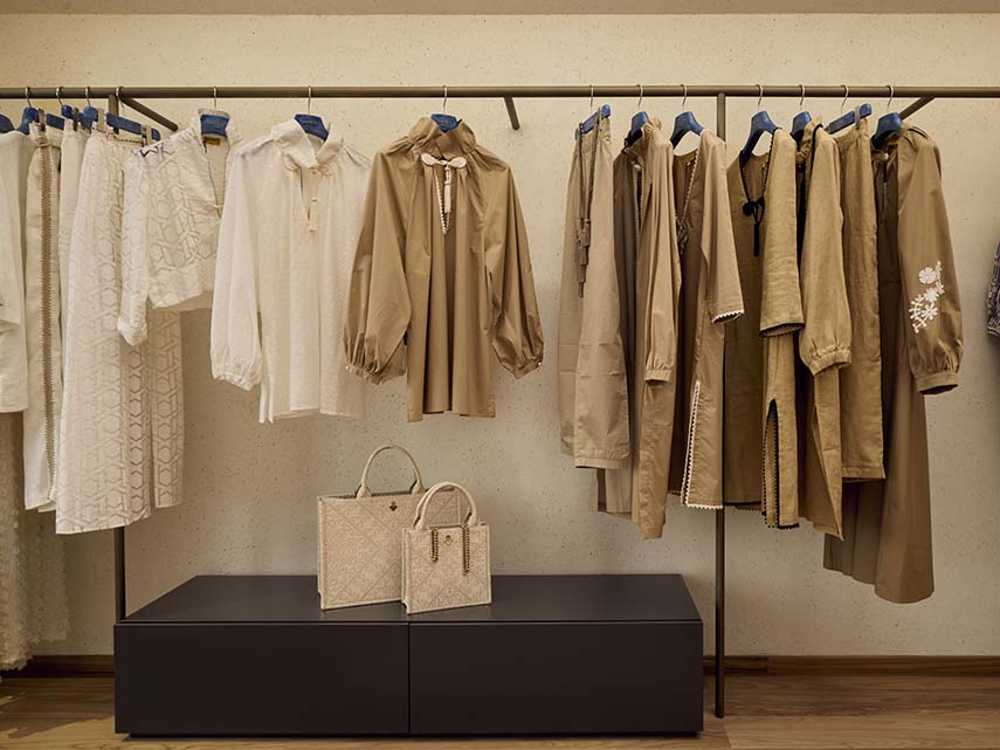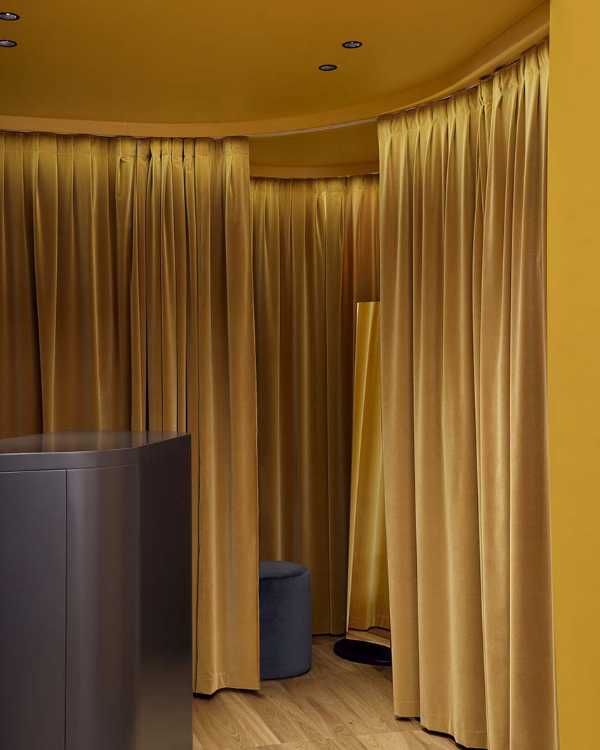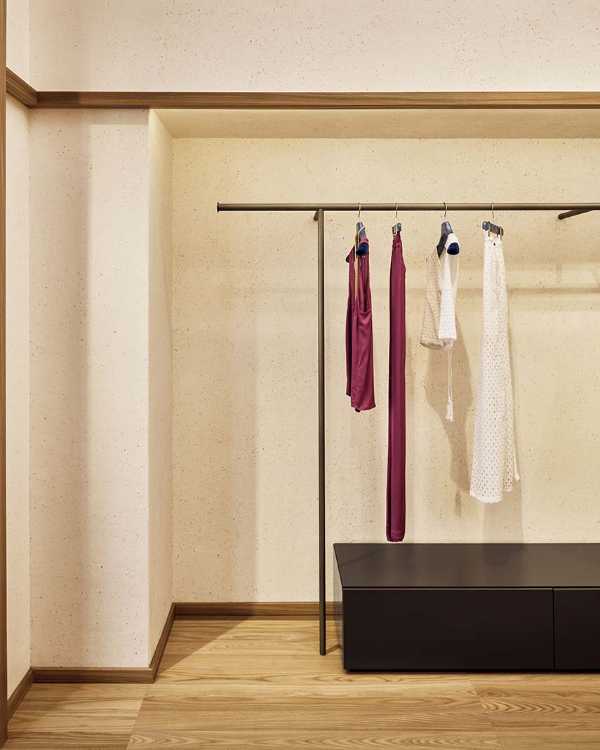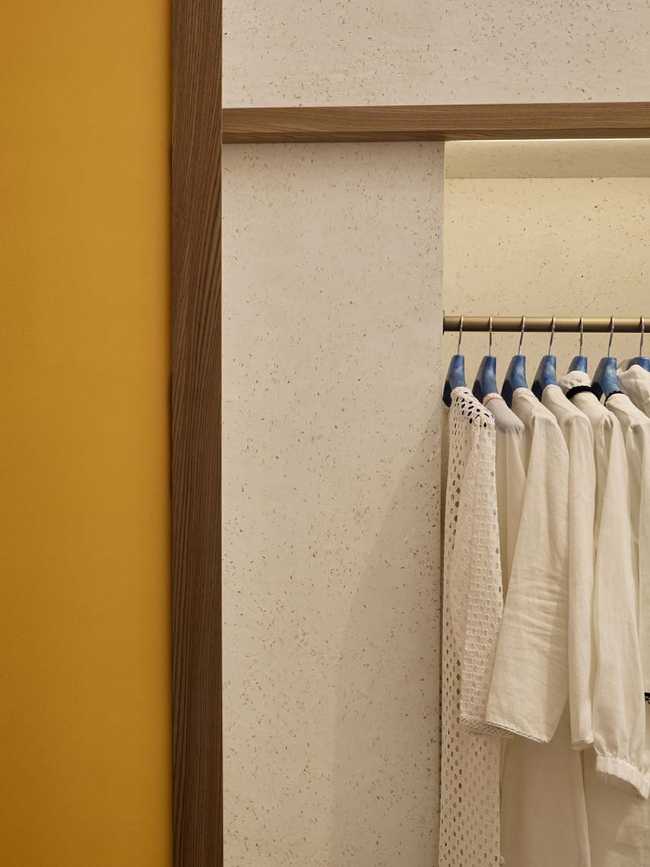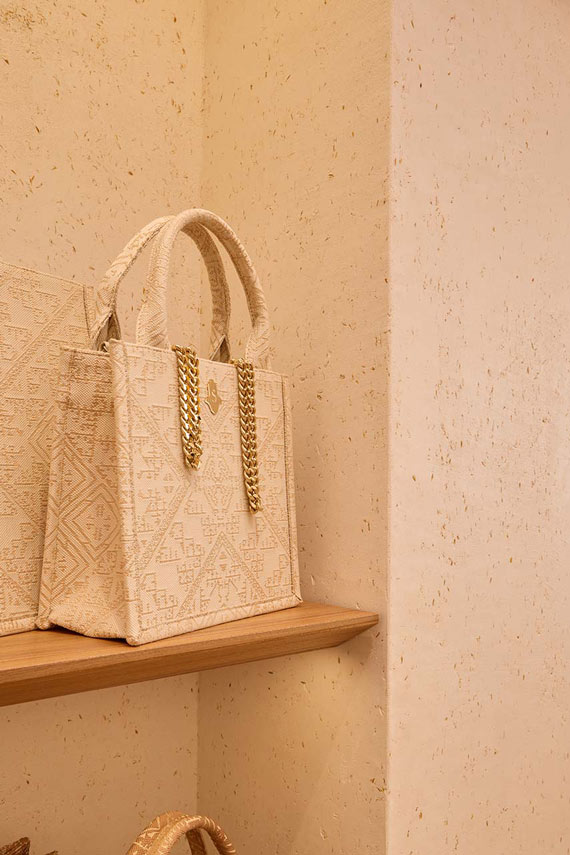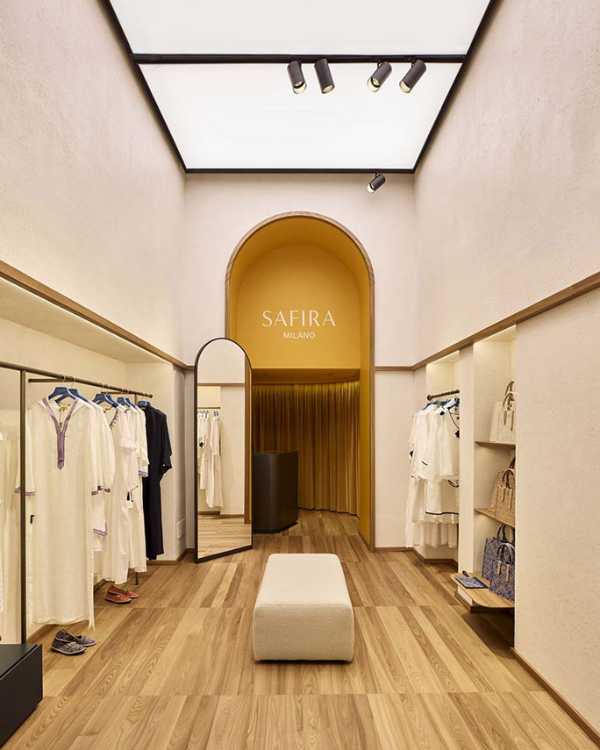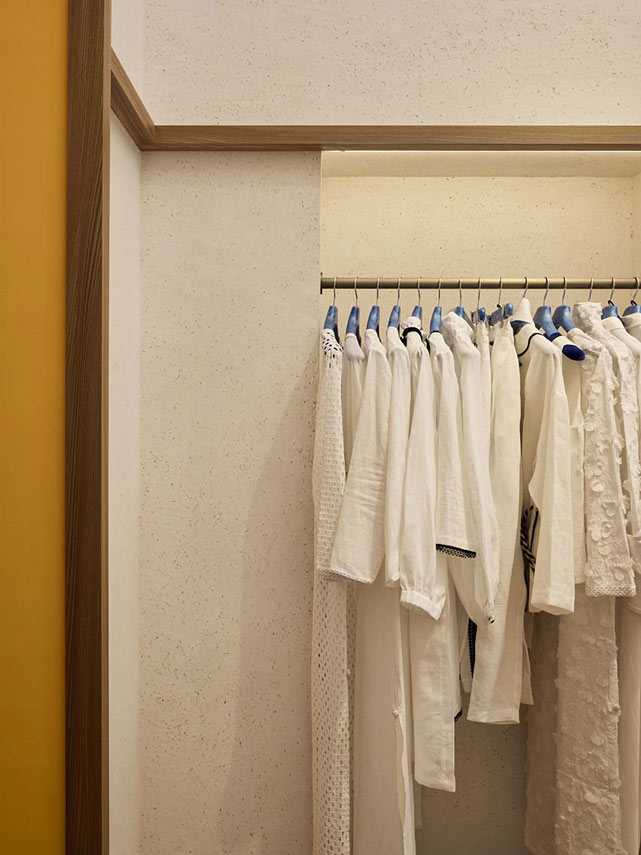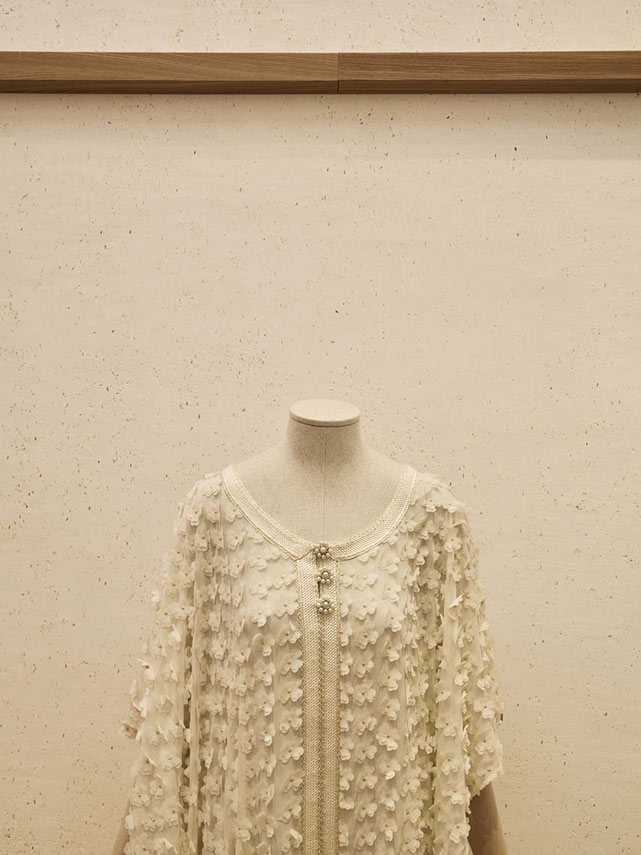Four elements that paint atmospheres and traditions
Conceived by the Flaviano Capriotti Architects studio and completed in 2025, the Safira Milano flagship store is one of the latest interior design projects by the firm. Nestled in a corner of the prestigious Corso Venezia, the boutique tells the story of the products and brand identity through elements that paint atmospheres and traditions: color, wood, earth, and light. The latter, carefully designed to enhance the material, transports you under the warm African sky

